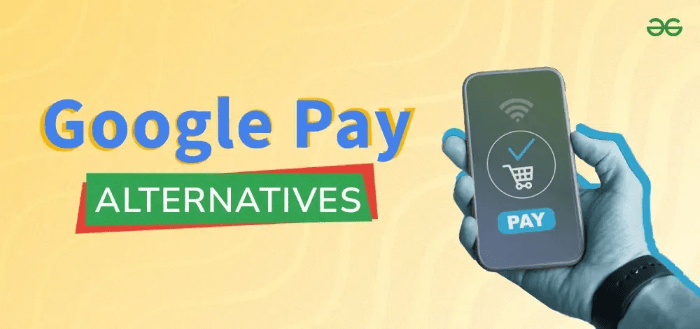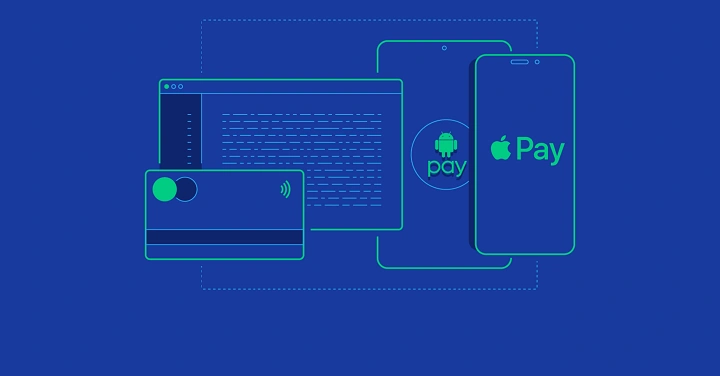What Is Apple Pay?

Overview of Apple Pay
Apple Pay is a digital wallet service developed by Apple Inc. that allows users to make payments using their Apple devices. The service supports various payment methods, including credit and debit cards, and is integrated with a wide range of retailers and services. Users can make payments in-store, online, and within apps using their iPhones, iPads, and Apple Watches.
Features of Apple Pay
- Contactless Payments: Apple Pay uses NFC (Near Field Communication) technology to enable contactless transactions. Users simply hold their device near a payment terminal to complete the purchase.
- Security: Apple Pay is designed with multiple layers of security. It uses tokenization to replace card details with a unique code during transactions, reducing the risk of fraud.
- Convenience: With Apple Pay, users can make payments quickly and effortlessly without needing to carry physical cards. It also supports online and in-app purchases, making it versatile for various shopping needs.
Can You Use Apple Pay on Android Devices?
Compatibility of Apple Pay with Android
As of now, Apple Pay is not officially available on Android devices. The service is designed specifically for Apple’s ecosystem, meaning it is limited to iPhones, iPads, and Apple Watches. Apple’s closed system approach means that its payment technology is not compatible with Android’s open ecosystem.
Technical Limitations
Apple Pay relies on Apple’s proprietary technology and infrastructure, including the secure element within its devices and the integration with Apple’s ecosystem of apps and services. This proprietary nature poses a significant challenge for extending Apple Pay’s functionality to Android devices.
Apple’s Ecosystem Strategy
Apple’s ecosystem strategy focuses on creating a seamless experience within its own range of products and services. This strategy ensures that Apple users benefit from a cohesive environment but also limits interoperability with other platforms, including Android.
Alternatives for Android Users

Google Pay
Overview of Google Pay
Google Pay is the primary mobile payment solution for Android users. Developed by Google, this service offers similar functionalities to Apple Pay, allowing users to make secure payments using their Android devices.
Features of Google Pay
- Contactless Payments: Like Apple Pay, Google Pay uses NFC technology for contactless transactions.
- Integration with Google Services: Google Pay is integrated with various Google services, including Google Wallet and Google Assistant, providing a unified payment experience.
- Rewards and Offers: Google Pay often features promotions and rewards that users can take advantage of while making purchases.
Samsung Pay
Overview of Samsung Pay
Samsung Pay is another mobile payment solution tailored for Samsung devices. It offers unique features that set it apart from other payment services.
Features of Samsung Pay
- MST Technology: In addition to NFC, Samsung Pay supports Magnetic Secure Transmission (MST), allowing it to work with older payment terminals that don’t support NFC.
- Enhanced Security: Samsung Pay incorporates Samsung Knox for enhanced security, offering features such as biometric authentication and tokenization.
Other Payment Solutions
PayPal
PayPal is a widely used payment service that provides mobile payment solutions for both Android and iOS devices. It offers flexibility for online purchases and person-to-person transactions.
Amazon Pay
Amazon Pay allows users to pay for goods and services using their Amazon account credentials. It provides a convenient payment option for online shopping, particularly for users who frequently shop on Amazon.
How to Use Google Pay on Your Android Device
Setting Up Google Pay
- Download the Google Pay App: Install Google Pay from the Google Play Store.
- Add Your Payment Methods: Open the app and add your credit or debit card information.
- Set Up Security: Configure a security method such as a PIN, fingerprint, or face recognition to protect your payment information.
Making Payments with Google Pay
- In-Store Payments: Hold your device near the payment terminal and authenticate using your chosen security method.
- Online and In-App Purchases: Choose Google Pay as your payment option at checkout, and complete the transaction using your device’s authentication.
The Future of Mobile Payments
Emerging Trends
- Biometric Authentication: Advances in biometric technology, including fingerprint and facial recognition, are enhancing the security and convenience of mobile payments.
- Cryptocurrency Integration: The rise of cryptocurrencies may influence the future of mobile payments, potentially leading to integration with digital wallets.
- Enhanced Interoperability: There is a growing trend towards developing payment solutions that offer greater interoperability across different platforms and devices.
Challenges and Opportunities
- Security Concerns: Ensuring the security of mobile payment systems remains a significant challenge as cyber threats evolve.
- Regulatory Issues: Different regions have varying regulations concerning mobile payments, which can impact the adoption and implementation of payment technologies.
- Consumer Adoption: The success of mobile payment solutions depends on consumer acceptance and the availability of compatible devices and services.
Related Post:
Pokémon Infinite Fusion on Android: A Comprehensive Guide to the Ultimate Pokémon Fusion Experience
How to Access Clipboard on Android: A Comprehensive Guide
While Apple Pay is not available on Android devices due to its proprietary nature and ecosystem strategy, Android users have access to a range of robust alternative payment solutions like Google Pay and Samsung Pay. These alternatives offer similar functionalities and provide secure, convenient options for mobile payments. As technology continues to advance, the future of mobile payments looks promising, with emerging trends and innovations shaping the landscape of digital transactions.
By understanding the current limitations and exploring available options, Android users can make informed decisions about their mobile payment preferences and stay ahead in the evolving world of digital finance.


